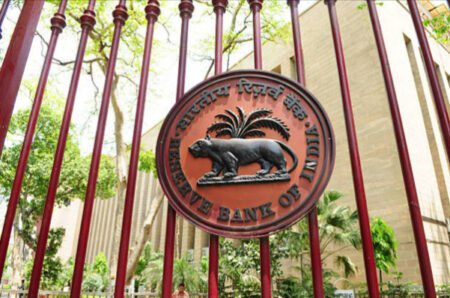India’s external debt increased by 7.5 % from the end of March 2021. The externals debt amounted to 620.7 billion USD at the end of March 2022, which was 573.7 billion USD in March-end of 2021, as per the latest Central Bank assessment.
The GDP-to-foreign debt ratio has also declined from 21.2 percent in March-end 2021 to 19.9 in March-end 2022.
However, foreign debt has gained valuation appreciation of the US dollar against the domestic currency, Yen, Euro, and SDR. Valuation gain decreases the foreign debt amount. Excluding the valuation effect, external debt would have increased by 58.8 billion USD instead of 47.1 billion USD at the end-March 2022 over end-March 2021.
The short-term debt (mature within a year) increased to 19.6% at the end of March 2022. Whereas at end of March 2021, it was 17.6%. Similarly, the short-term debt-to-foreign reserves ratio also rose to 20% from 17.5% at the end of 2021.
The highest short-term debt-to-foreign reserves ratio means that a country is vulnerable to paying its external debt. India’s short-term debt accounts for 43.1% of total external debt and 44% of forex reserves at the end of March 2022.
In end-March 2022, long-term debt (mature after one year) was placed at 499.1 billion USD, recording an increase of 26.5 billion USD from at end-March 2021.
Meanwhile, US dollar-denominated debt remained the highest in India’s total external debt. It was 53.2% by end-March 2022, followed by debt denominated in the Indian rupee 31.2%; SDR 6.6%, Yen 5.4%, and the Euro 2.9%. notably, foreign currency-denominated debt is repaid in only that currency.
Therefore, loans constituted the largest component of external debt, with a share of 33.0%, followed by currency and deposits 22.7%, trade credit and advances 19.0% and debt securities 17.1%. External debt as external assistance on government accounts has also seen a minimum rise to 86.7% at the end of March 2022 from 84.5% at the end of March 2021.
However, the principal repayment and the interest repayment decreased to 5.2% at the end of March 2022 from 8.2% at end of March 2021. This means that repayment has declined and the current receipt has increased.













